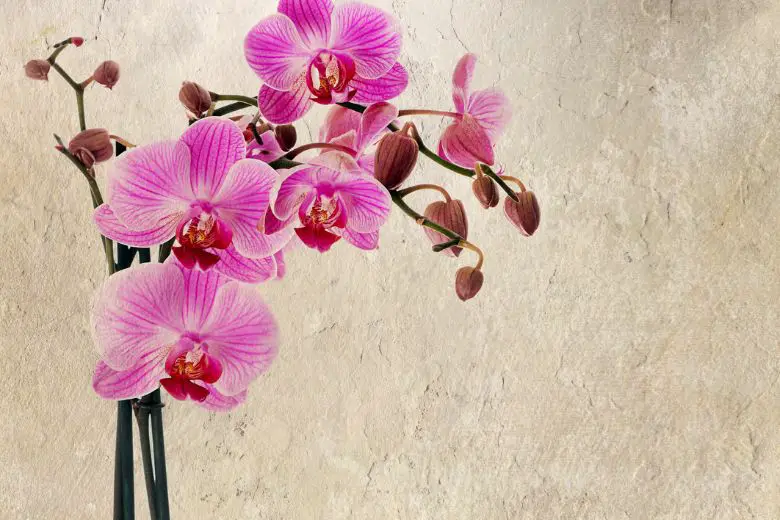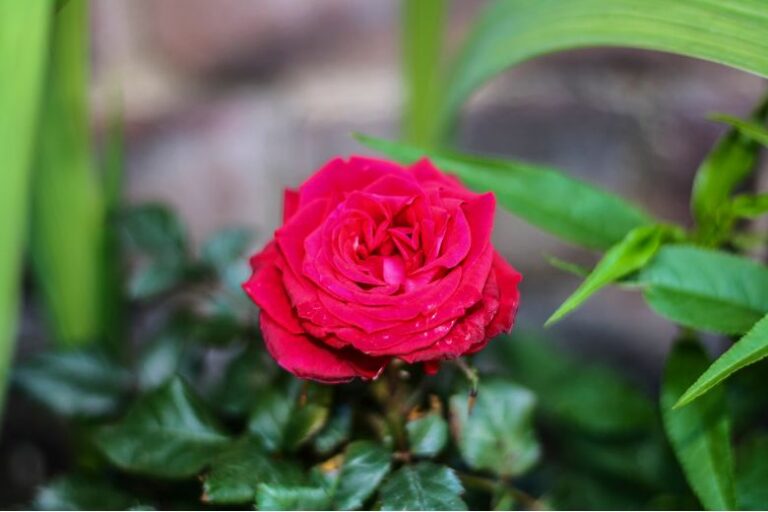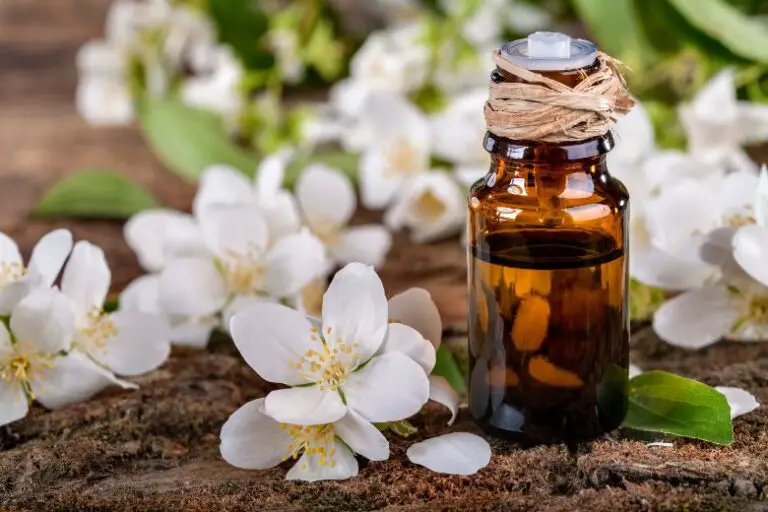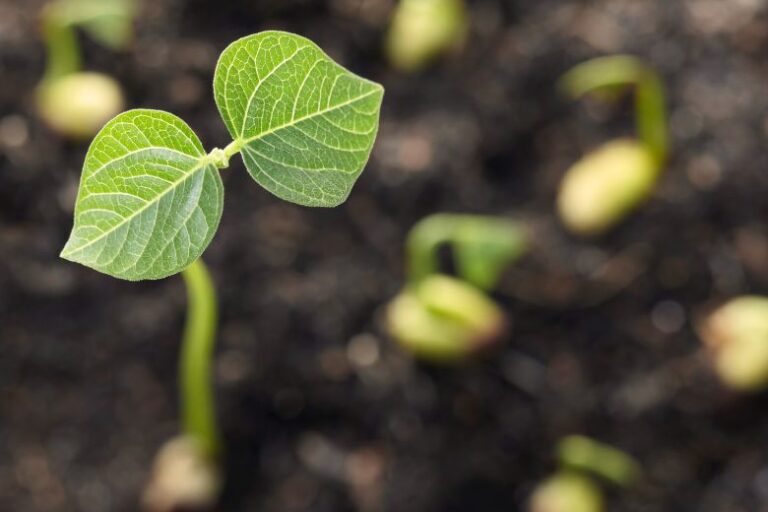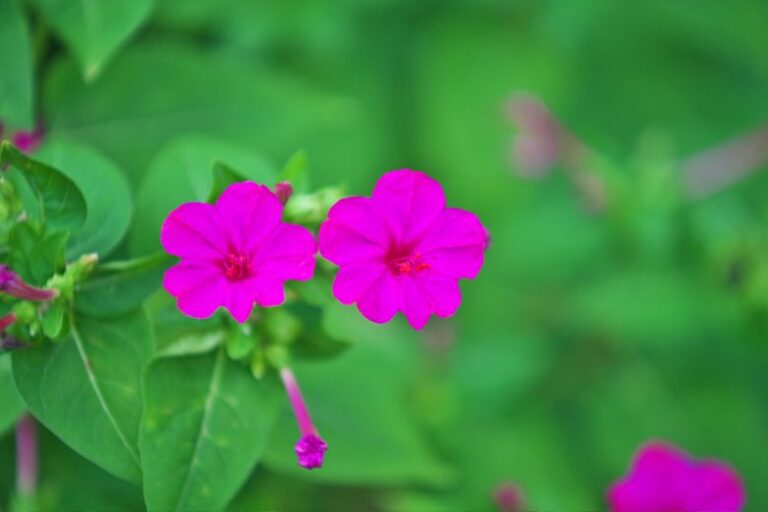Can Ghost Orchids be Safely Grown at Home
Orchids have been cherished for centuries, both for their stunning blooms and the challenge they present to growers. As a hobby, growing orchids has gained popularity worldwide, with enthusiasts constantly seeking out rare and exotic species.
Ghost Orchids, also known as the “corpse plant,” have captured the fascination of many due to their mysterious allure. Before delving into the specifics of cultivating Ghost Orchids, let’s first understand their unique characteristics and the reasons behind their elusive nature.
Understanding Ghost Orchids
Ghost Orchids are truly fascinating plants that inhabit a few select regions around the world. Known for their ghostly white flowers and absence of leaves, these orchids possess an ethereal beauty that is both captivating and enigmatic. Native to dense, humid forests, Ghost Orchids require a specific set of growing conditions to thrive. Understanding their natural habitats will provide valuable insights into creating a suitable environment for them at home.
Challenges of Growing Ghost Orchids at Home
While the idea of having Ghost Orchids blooming in your own home may sound enticing, it’s important to acknowledge the challenges that come with their cultivation. Ghost Orchids have unique requirements that differ from many other orchid species. These challenges include specific temperature and humidity conditions, specialized care, and consistent maintenance. As we explore further, we will discover the necessary steps to overcome these obstacles and ensure the successful growth of Ghost Orchids.
Creating the Ideal Environment
To provide the best possible conditions for Ghost Orchids, it is essential to recreate their native environment as closely as possible. Maintaining appropriate temperature and humidity levels is crucial for theirhealth and growth. Ghost Orchids thrive in warm and humid climates, with temperatures ranging between 70-85°F (21-29°C) during the day and slightly cooler at night. A humidity level of around 60-70% is recommended. Utilizing tools such as temperature-controlled grow lights and humidifiers can help achieve these conditions indoors.
Selecting the Right Potting Medium
The choice of potting medium plays a vital role in the successful cultivation of Ghost Orchids. It should provide adequate drainage while retaining enough moisture for the roots. Orchid bark, sphagnum moss, or a combination of both are commonly used for Ghost Orchids. The potting medium should be well-aerated, allowing the roots to breathe and preventing waterlogged conditions.
Watering and Fertilization Techniques
Watering Ghost Orchids requires precision and attention. They prefer a consistent moisture level without being excessively wet. It’s advisable to water the orchids when the potting medium feels slightly dry to the touch. Using rainwater or distilled water is recommended to avoid any potential harm caused by minerals present in tap water. Fertilization should be carried out with a balanced orchid fertilizer, following the manufacturer’s instructions.
Pest and Disease Control
Like any other plant, Ghost Orchids are susceptible to pests and diseases. Common pests that can affect them include aphids, spider mites, and mealybugs. Regular inspection of the plants and prompt treatment with appropriate insecticides or organic remedies can help prevent infestations. Maintaining good airflow and cleanliness in the growing area also contributes to pest control.
Propagation Methods
Propagation of Ghost Orchids can be achieved through two primary methods: division and seed germination. Dividing established Ghost Orchid plants involves separating the pseudobulbs and roots into individual sections, each capable of developing into a new plant. Growing Ghost Orchids from seeds is a more challenging but rewarding process that requires specialized techniques and patience.
Ensuring Proper Air Circulation
Proper air circulation is crucial for Ghost Orchids to thrive. Stagnant air can lead to increased risk of fungal infections and poor growth. Placing fans or using oscillating fans in the growing area helps promote air movement. This mimics the natural conditions found in their native habitats, where gentle breezes aid in pollination and prevent the buildup of excess moisture.
Potential Challenges and Troubleshooting
Despite your best efforts, challenges may arise during the cultivation of Ghost Orchids. It is essential to stay vigilant and observe any changes in their growth and appearance. Common issues include yellowing leaves, root rot, and lack of blooming. By identifying and addressing problems promptly, such as adjusting watering routines or repotting when necessary, you can overcome these challenges and help your Ghost Orchids thrive.
Conclusion
Growing Ghost Orchids at home is a rewarding yet demanding endeavor. By understanding their unique requirements, recreating their native environment, and providing diligent care, you can successfully cultivate these enchanting orchids. Remember, patience and attentiveness are key when it comes to nurturing Ghost Orchids, but the satisfaction of witnessing their elusive blooms in your own home is truly unparalleled.

